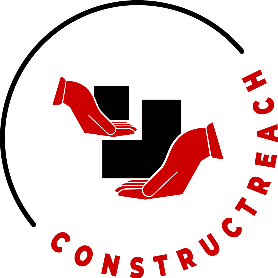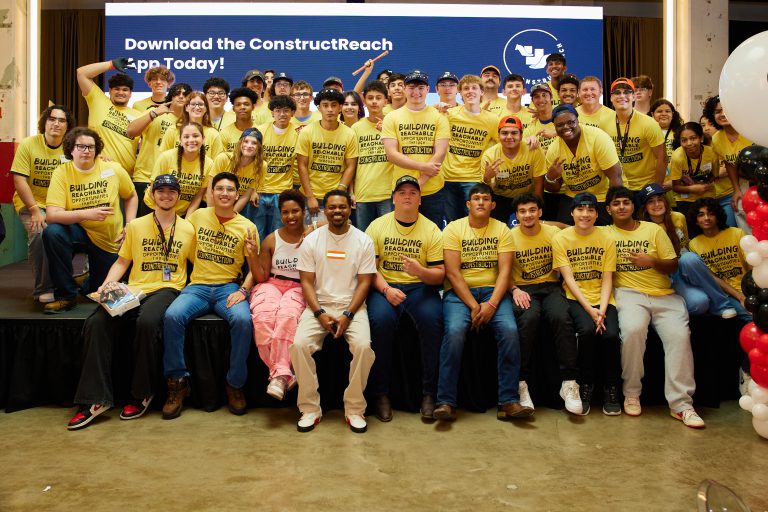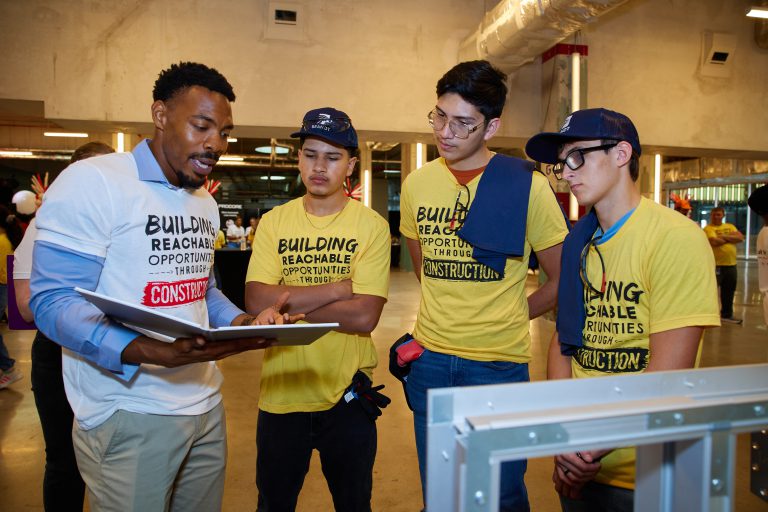A New Era of Corporate Responsibility
In today’s rapidly evolving economic landscape, the role of corporations in workforce development has never been more critical. Historically, companies viewed workforce development as the purview of educational institutions and government agencies. However, the pressing challenges of talent shortages, technological advancements, and the need for a diverse and skilled workforce have prompted corporations to take a more active role in shaping the labor market.
The Shift from Passive Observers to Active Participants
Traditionally, businesses operated under the assumption that the labor market would supply them with ready-to-work employees. This passive approach is no longer viable. According to Brookings, companies are now rethinking how they source and develop their workforce amid looming talent shortages.[1] They recognize that investing in workforce development is not only a social responsibility, but also a strategic imperative for the longevity and profitability of their companies. By engaging in training programs, apprenticeships, and partnerships with educational institutions, corporations are actively contributing to the cultivation of the skilled labor force they must have to survive. Below are three ways organizations are taking the reins.
Integrating Workforce Development into Corporate Strategy
Workforce development is no longer a peripheral activity; it’s central to corporate strategy. [2] Integrating workforce development into business planning enhances employee engagement, boosts performance, and drives organizational success. Companies are implementing future-focused and comprehensive programs that address skill gaps, provide continuous learning opportunities, and align employee development with business objectives. This strategic alignment ensures that workforce development initiatives are sustainable and impactful.
Community Engagement: Building Local Talent Pipelines
Corporations are also recognizing the value of community involvement in workforce development. By partnering with local organizations, schools, and training centers, businesses are helping to build robust talent pipelines that reflect the diversity and needs of their communities. These collaborations not only address immediate labor shortages but also contribute to the long-term economic vitality of the regions in which companies operate.
Measuring Impact and Ensuring Accountability
Effective workforce development requires measurable outcomes. Companies are adopting data-driven approaches to assess the impact of their initiatives. Metrics such as employee retention rates, productivity improvements, and the success of training programs provide insights into the effectiveness of workforce development strategies. This emphasis on measurement ensures that programs are continuously refined and aligned with both employee needs and business goals. [3]
The evolving role of corporations in workforce development signifies a collaborative approach to addressing labor market challenges. By actively participating in the education and training of their current and future employees, businesses are not only securing their own success but also contributing to the broader economic and social well-being. ConstructReach stands at the forefront of this movement, bridging the gap between industry and talent, and fostering a more inclusive and skilled workforce for the future.
Learn more about how ConstructReach is leading the charge in workforce development for organizations across the U.S..






